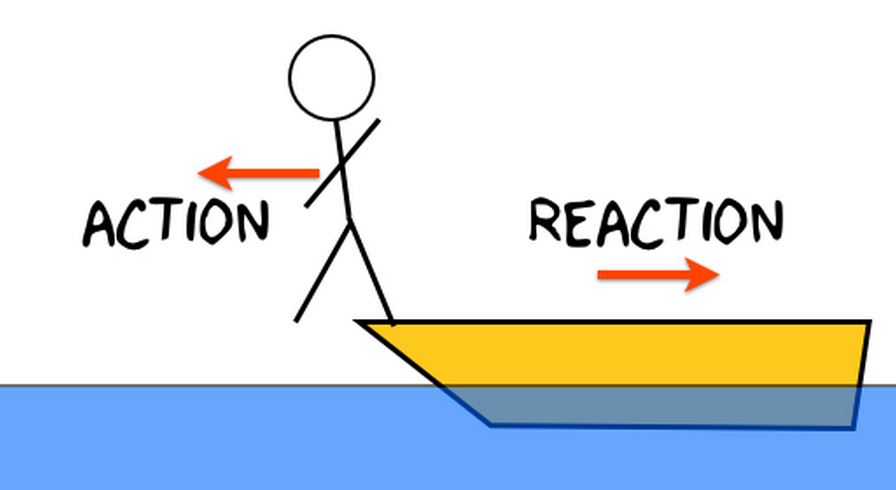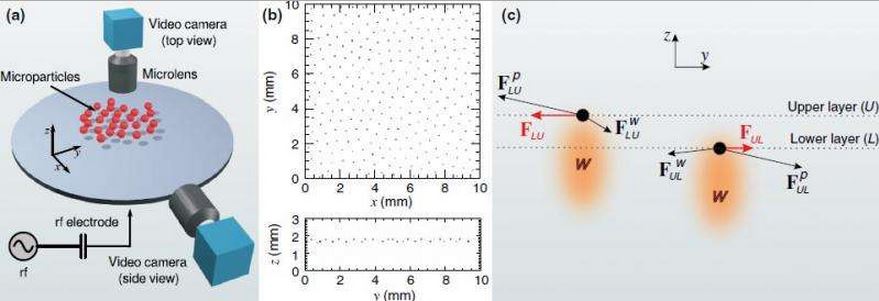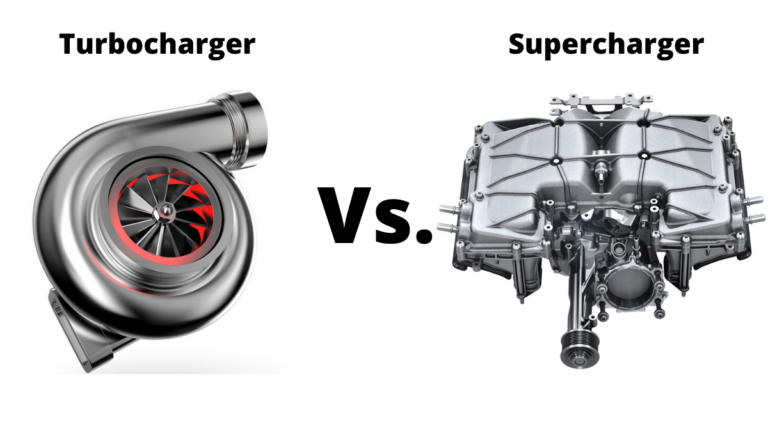Non-Equilibrium Mixtures Violating Newton’s Third Law Show Surprising Results


Every once in a while, I am sure, we have wondered if anything, anything at all violates science. I mean, especially while studying physics, we have often wondered how it would be had things defied the laws of physics, and the most fundamental law that comes to our mind is the Newton’s law of motion. As most of us know, the very famous third law implies that every action has an equal and opposite reaction. You can imagine the reactive force ground applies on you when you walk on it.
Here, violations of the Newton’s third law were observed in non equilibrium systems where environment becomes involved in the interaction of the particles in some way, like when the environment is moving with respect to the particles.
When particles violate the Third law, they are said to have non-reciprocal interactions.

One of the most surprising results in the behavior of such particles is the generation of extreme temperature gradients on the particle scale. One other brilliant implication is that one can observe a mixture of two liquids in detailed and absolute equilibrium, yet each liquid has its own temperature.
The researchers at the Max Planck Institute of Extraterrestrial Physics in Garching, Germany demonstrated experimentally an example of systems interacting non-reciprocally by letting charged microparticles levitate above an electrode in a plasma chamber. When the two types of microparticles levitate at different heights due to the different sizes and densities, violation of Newton’s law occurs. The electric field in the chamber that drives a vertical plasma flow acts like a current, and each charged microparticle focuses the flowing plasma ions downstream, creating a vertical plasma wake behind it. Although the repulsive forces occurring due to the direct interactions between the two layers of particles are reciprocal, the attractive particle-wake forces between the two layers are not.
Though the immediate potential applications of this mixture violating the Newton’s Third law are yet to be figured out, the results of this demonstration provide an important step towards the better understanding of the behavior of non-equilibrium systems. Efforts are being put to find an underlying symmetry that could explain this behavior and the violation in terms of textbook equilibrium. The researchers plan to explore more such topics like the effect of the action-reaction symmetry breaking in the overdamped colloidal suspensions, where the nonreciprocal interactions and how one can describe a much broader class of ‘nearly Hamiltonian’ nonreciprocal systems.
What do you think this can lead to? Comment down your views!
Also See: NASA’s Physics Violating Impossible Engine Closer to Reality after New Tests






